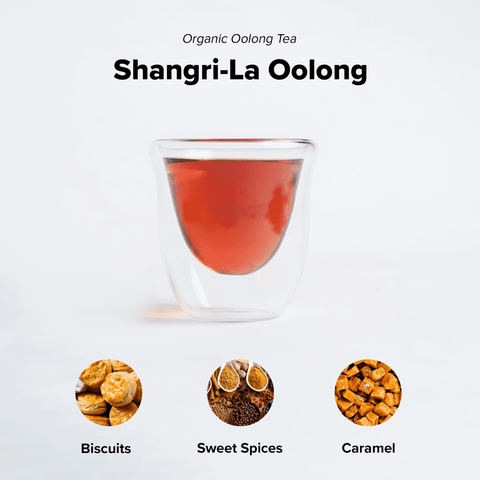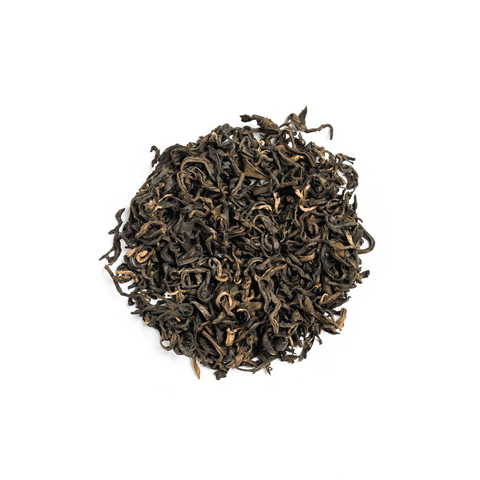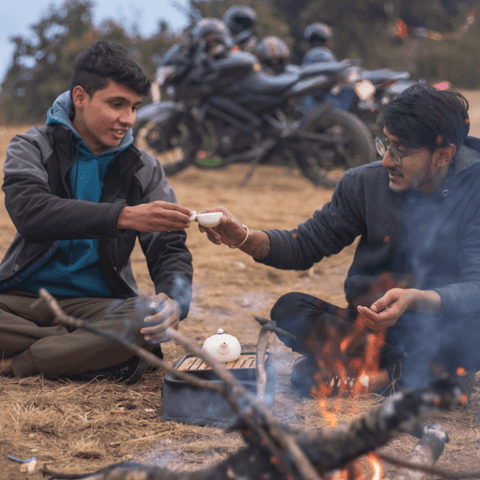




Nepal Tea
Shangri-La Oolong
$25.00
Weight
$25.00
Gluten-Free
Keto
Vegan
Organic
Paleo
Dairy-Free
Autoimmune Protocol
Sugar Free
Egg-Free
Grain-Free
Shangri-La Oolong is an exceptional tea that redefines premiumness with its spicy, biscuity, and peppery aromas, and full-bodied richness, elevating tea to the status of fine wine.
Shangri-La Oolong
From $25.00


About Nepal Tea
Nepal Tea Collective was founded in 2016 by second-generation tea producers from Nepal with the trailblazing vision of establishing Nepal’s finest, organic teas on the international stage. Our organic teas have won international acclaim and highly coveted international awards. As our teas attain visibility among our tea lovers, the lives of our tea communities improve by leaps and bounds.
